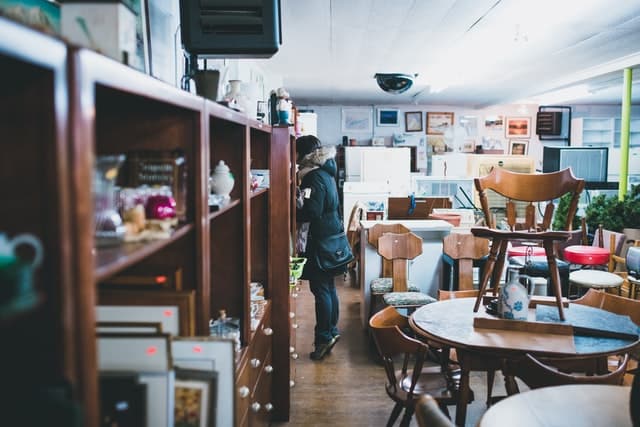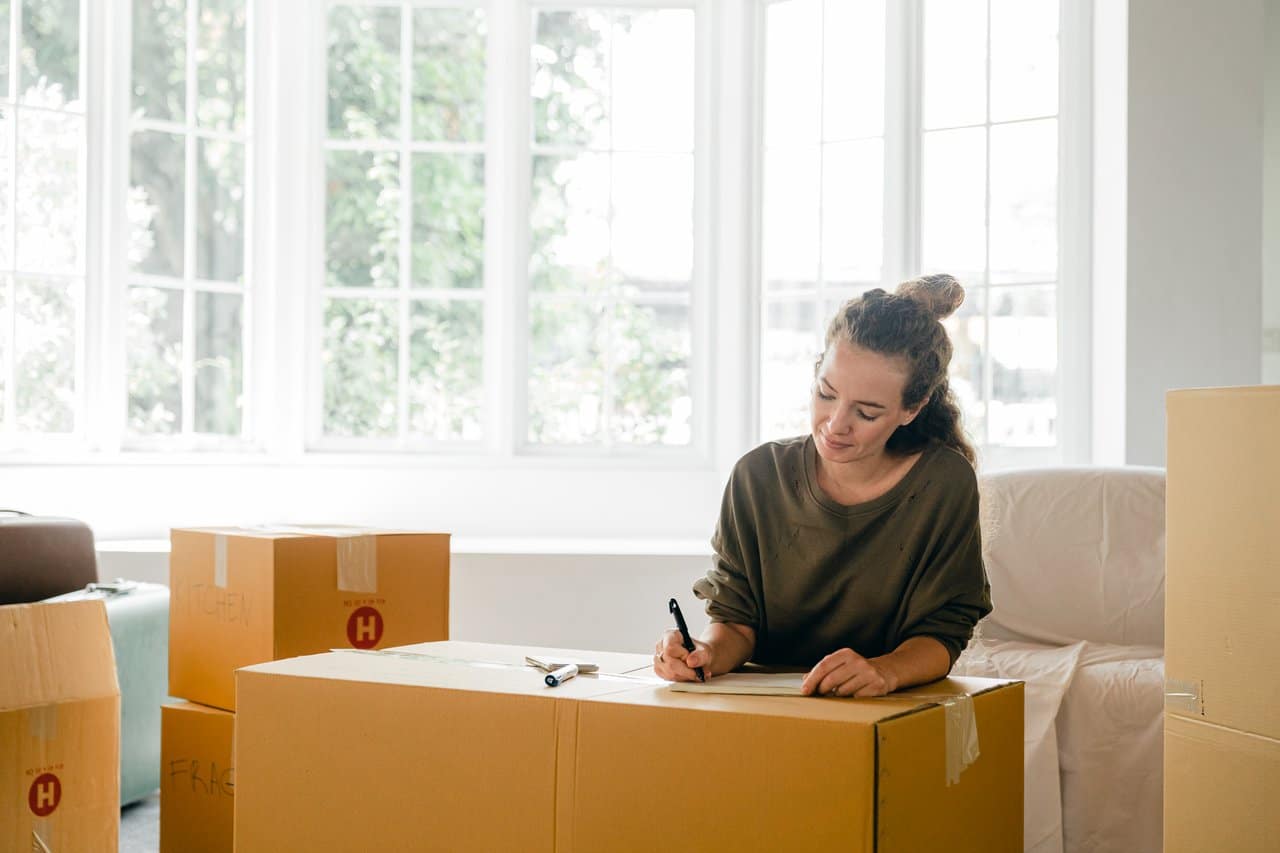
6 Ways To Make Furniture Shopping More Sustainable

Furniture is one of the biggest investments we make when adding personality to our homes.
Choosing the right additions can provide comfort, elegance and charm, but, unfortunately, the furniture industry hides some dark realities.
The rise of so-called “fast furniture” over the last few decades has led to huge amounts of waste and has had a devastating impact on the global environment.
So, before you make a trip to a certain Swedish furniture giant or other large furniture supplier, consider these six ways to make furniture shopping more sustainable.
1. Think Of Furniture As An Investment
First things first, while we have all heard the old adage “if you buy cheap, you’ll buy twice”, the downsides of fast furniture purchases could actually be more serious than their lack of durability. For instance, you may want to consider the potential health implications of the materials used in cheap furniture.
Many mass-produced items are created from wood composites, such as MDF or chipboard, as opposed to solid hard/softwood. While this is common knowledge, what many people don’t know is that traditional particleboard consists of 10-12% urea-formaldehyde resin.
Formaldehyde, best known for its uses in embalming, is recognised as a likely carcinogen by the European Union and has been linked to increased rates of cancer in occupational situations.
Research has also shown formaldehyde-bonded wood composites may affect indoor air quality and the presence or particleboard in homes is a risk factor for headaches, throat irritation and asthma. Therefore, spending a bit more on sustainably-sourced solid wood furniture might help to maintain a healthier home environment.
Likewise, investing in renewable technology can be a great way of both keeping energy costs down and protecting the furniture you already own.
Certain solar shading products, for example, have been found to reduce the need for air conditioning by up to 68%, saving energy and preventing issues like furniture fading. This, in turn, limits the need for new furniture, helping protect the planet as a result.
2. Protect The Furniture You Already Have
Talking of protecting your furniture, cutting back on the amount we throw away is key to creating more sustainable lifestyles moving forward.
Taking proper care of the items you have in your home is one of the easiest ways to reduce furniture waste and save yourself some money. Protecting wooden furniture from direct sunlight, for example, will prevent stains and paintwork from fading. It can also ensure the wood doesn’t crack/split over time.
In doing so, this will not only help increase the lifespan of the items in your home, but it will also decrease your environmental footprint at the same time. Excess waste is one of the biggest factors affecting the health of our planet, after all, so, by not contributing to the problem, you’re helping to improve the issue.
3. Buy Sustainable
Buying green is becoming increasingly important. But, did you know the furniture industry is also undergoing a green revolution?
A report by the WWF has shown over 1,000 tonnes of the total hardwood imported in the UK comes from “high risk” countries, meaning there is a greater chance the raw materials are sourced illegally and contribute to deforestation.
These findings go on to show 53% of companies surveyed, including The Range, DFS and Habitat, could not be rated for eco-friendliness, as they “hadn’t made even the most basic reference to responsible timber sourcing.”
Therefore, knowing the origins of the raw materials used by furniture companies gives consumers the power to choose sustainable products and shop with a clearer conscience.
4. Buy Second Hand
Buying second hand, or shopping for antique furniture, could be the way to reject biologically unfriendly, mass-produced goods.
Research by the International Antiques & Collector’s Fairs, for example, has highlighted the difference in carbon emissions between antique and 21st-century chests of drawers. Their results found “the total carbon footprint including manufacturing and shipping for an antique chest of drawers was 139.6kg CO2e over a 180 year lifetime. Comparatively, a modern-day chest of drawers was shown to have a total carbon footprint of 170.38 kg CO2e in a 15-year lifetime.”
In other words, the modern chest of drawer’s annual carbon footprint was estimated to be around 16 times higher than that of the antique one.
So, with almost 50% of Brits unaware buying second hand is a greener choice than buying new, research like this demonstrates buying pre-loved goods should not be overlooked.
5. Buy Local
Buying local doesn’t just apply to the food shop. Purchasing furniture comes with a whole host of environmental and economic benefits, including lower carbon emissions.
International shipping is quickly becoming a big problem, for example. In a 2015 report, the European Parliament predicted, by 2050, overseas shipping could account for 17% of global carbon emissions and, in order to limit global warming to 2°C, worldwide decarbonisation would be necessary by 2090.
In addition to reducing the carbon footprint of your purchase, the ethical bonuses from buying local are huge.
Ordering from local artisans helps to keep craftsmanship alive and expands the market for local goods. This could counteract the current skills shortage, creating jobs and training to meet demand. Long-term, this would also reduce the need for international shipping, compounding the benefits of buying local.
6. Don’t Throw It Away
If it’s definitely time to change, try not to throw old furniture away. Small changes in the way we treat furniture at the end of its life can significantly change the eco-efficiency of our items.
For example, if your sofa is structurally sound, consider reupholstering it. It takes one thousand times less CO2 to refurbish a piece than it does to make a new one and, considering 672,000 tonnes of furniture is thrown away in the UK each year, it’s crucial to move towards a more sustainable way of thinking. Another idea is to repurpose some of your furniture as garden planters or decorative outdoor pieces.
Final Thoughts…
While it may seem easier to buy a flat-pack solution to your furniture needs, the fast furniture industry is poised to have catastrophic effects on our environment.
However, by making some small decisions to shop more consciously, this can help to not only work towards counteracting the problem, but also provide you with quality, planet-friendly pieces designed to last.
While it may seem difficult on the face of it, it really doesn’t have to be – choosing to shop for furniture more sustainably is far easier to achieve than it seems.
Sophie Bishop is a Brighton-based, independent health practitioner. Sophie is passionate about sustainability, the environment and the health and wellbeing sector. Check out what Sophie has been up to over on Twitter.



Post a comment